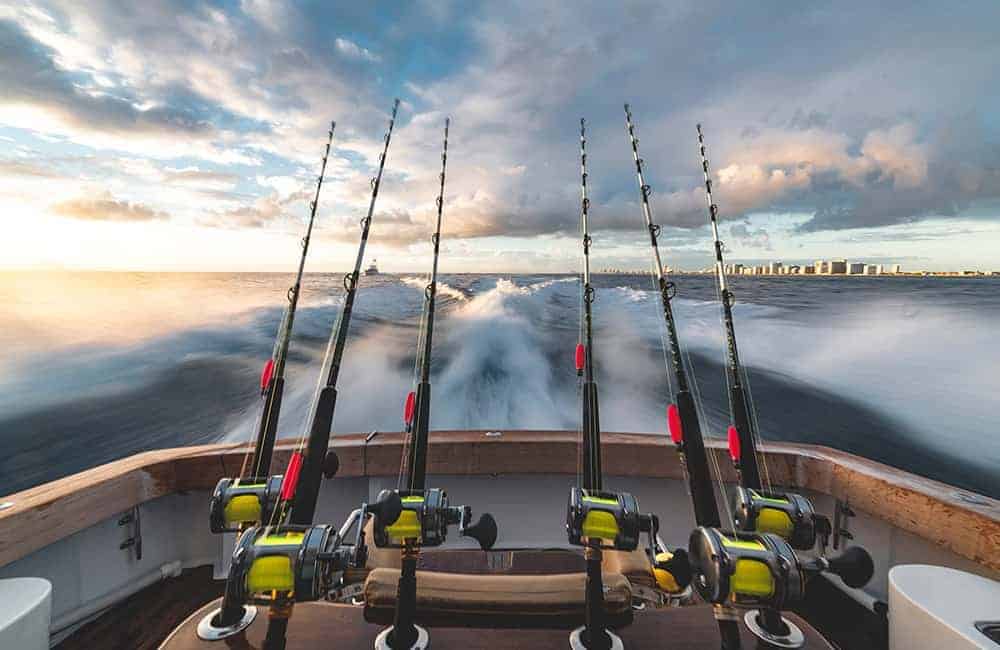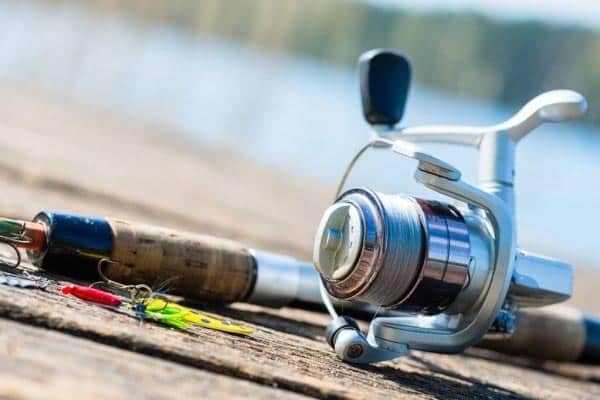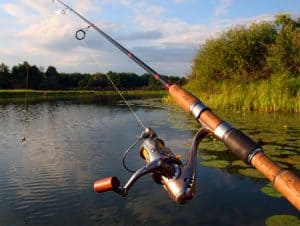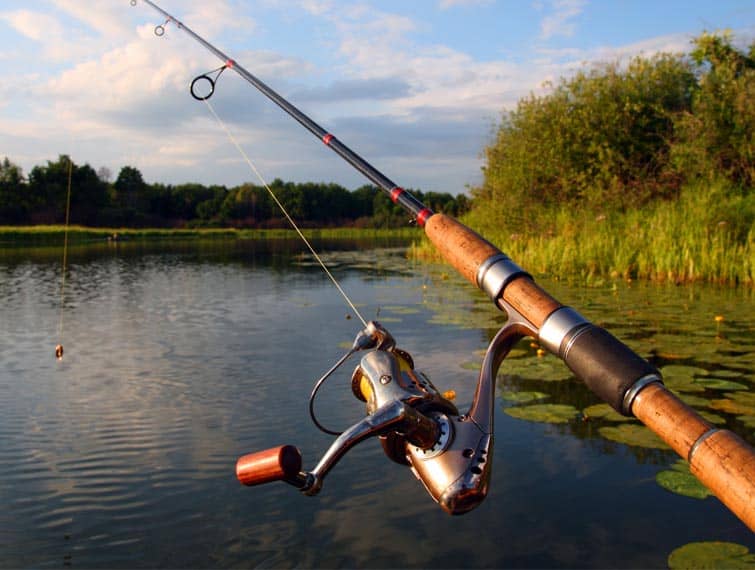Buying a fishing reel comes along with buying your own fishing rod. For beginners, it is best to use starter rods while you are making your way into the sport of fishing. Should you decide later on to go for an upgrade, it would be best to check this guide to help you consider how you would choose the best fishing reel that would satisfy your need.

Things to consider
When buying or choosing your fishing reel, it would be best to consider the type of fishing rod you intend to use before getting a new fishing reel. You can ask help from people who know something about fishing to help you decide on what equipment to buy.
Most of them would base their pick on the following criteria:
Drag systems
Some fishing reels have rear drag or front drag systems. Reel drags are responsible for the tightening and loosening the movement of the spool during catch. The closer the drag is, the more it will tighten the spool.
The amount of bearings
Bearings determine the smoothness of the reel and help prolong its lifespan by absorbing the majority of the wear and tear on the parts within the reel.
Fun Outdoor Quiz
Line lay and holders
Line lay affects the casting of the rod when fishing. The more the line lays on the spool, the better the reel will perform, making your casting more accurate and efficient.
Line Clips
Line Clips help you ensure a catch when you keep casting feeders to the same spot. Once you master this technique, every cast you make will be accurate and your catch rate will soar.
Retrieve Ratio
Determines how fast the line is retrieved on the reel. There are different ratios per reel, so make sure that you ask advice when choosing your fishing reel.

Types of Fishing Reels
To give you a good idea, we define each criterion below, which might help you decide on the type of reel to buy.
To start, here’s the style of reel that is made up of four kinds:
Fixed Spool Reels
These are easy to use reels and can go along with additional spools to for holding various strengths of fishing line. These reels are reliable and are often great value for money when taken care properly.
Free spool reels
These are the same as standard reels. The difference is that free spool reels have an extra drag system, and tends to be heavier than standard fixed spools. These are commonly used for fishing for large fish and casting long distances.
Centrepin reels
These reels are fit for flowing water since you can control them, depending on the river current. That will guarantee the baited rig to travel downstream naturally, which normally attracts fish. It comes with ratchets that tighten the spool to reduce spinning and help when ledgering as it provides an audible bit detection when fish takes the line.
Closed face reels
These reels are used by river anglers since these are the easiest reels to hold all day, which enable the anglers to cast a stick float, trot rigs downstream and then trap the line, giving it an outstanding control on running water.
Too big or too small – how to get it right
If you are a beginner to fishing, then it would be best to err on the side of caution and go a bit bigger instead of smaller. Now that you’re well-acquainted with the most popular styles of reels on the market, the last step is to find the one that works best for you. Whether you’re new to fishing or you’re already a jaded angler, a new reel might just be what you need for a great catch.







